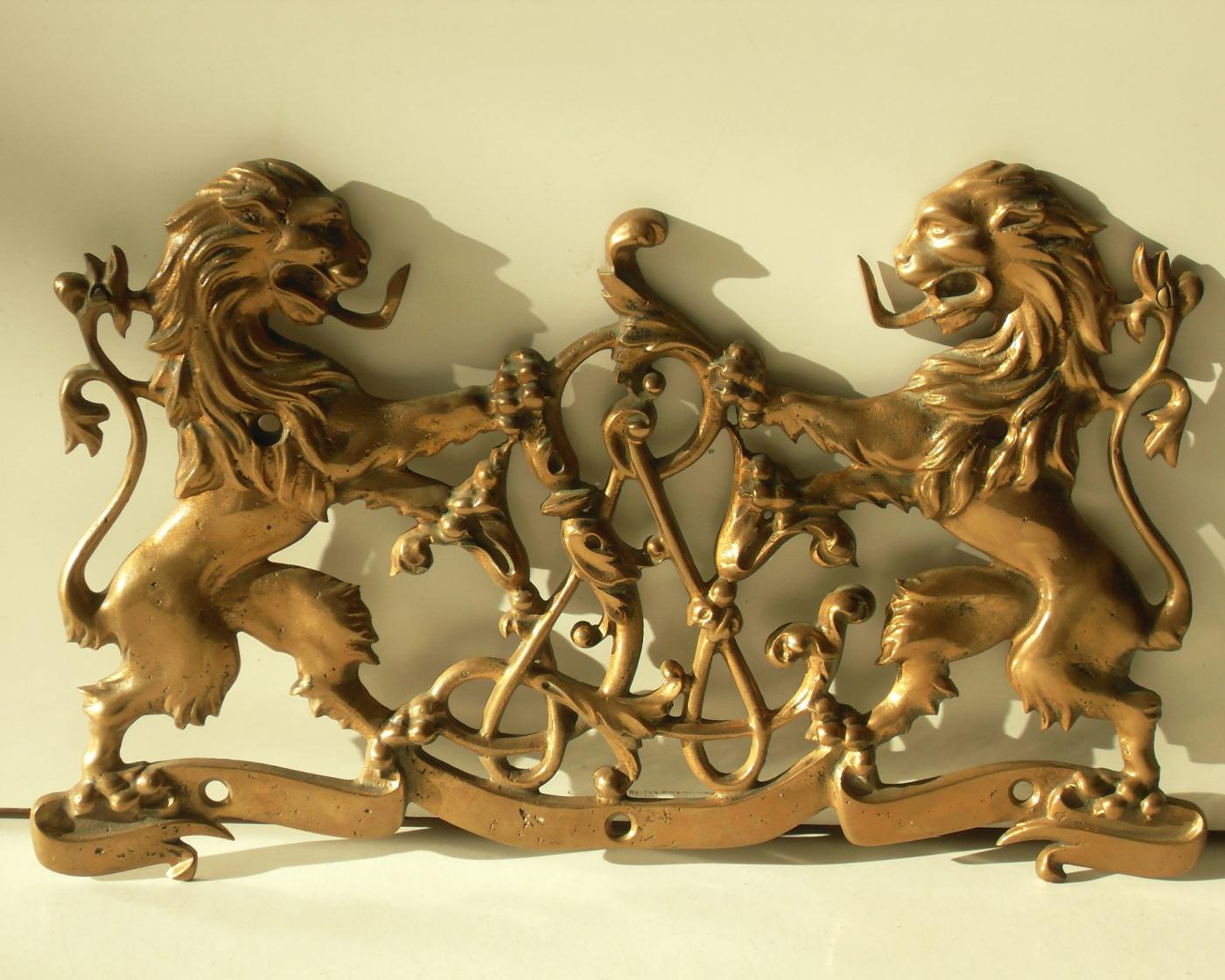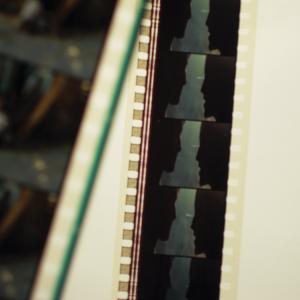In 2009 I was in an artists’ residence program in Spain. I had proposed a one-month project, but in the course of its realization the direction changed. During the time that I was in the residence tourists began to arrive, and with their cameras they photographed what seemed relevant to them, one photo here, a photo of this, another of that. They also bought small souvenirs to take home, t-shirts, key chains and other objects that are honestly useless. Visits to historic sites and monuments that lasted no more than ten minutes. All of this made me reflect on human behavior and its relationship with diverse objects.
Also, why in particular traces of use that render these relationships apparent?
I consider it important to say that a trace is a sign or vestige that leaves a form over another when an action is performed. Therefore traces are left not only in the objects that receive the actions but also in those who perform the actions. In this way and in my work we can say that traces are left on the objects as well as the person. This is to say, people can attribute meaning to an object in the moment of its purchase, its use, and even in the moment of its destruction. Through detective-style work these traces can be read and the actions which provoked them can be deduced. The important thing for me is to find in objects the trace which can tell me more about culture, society, and human behavior. I don’t try to question or give moral or political points of view with my work, simply to find vestiges of the man of our times which can say much more in terms of his human condition.
Though the series Body of Evidence is a ‘body of evidence’ of personal experiences, it is also oddly depersonalized, an effect perhaps of the elegant, minimalist images that at times evoke the modernist fine art photography that was taken up by advertising. Do you think our attempts to record and disseminate our personal experiences, especially through photography, paradoxically evacuates the personal?
I don’t believe that. As I said above, if the residue of the person who performed the action exists in the object and both are left with “impressions”, then photographic creation as that passive recipient object is left with the trace of whoever took the photo, and not only in the person but also in the world in which he or she lives. What happens is that it is difficult for us to see the world in which are immersed because our vision is from the nebulous interior point, so we have to wait for the passage of time in order to adopt a new perspective.
The branding of the objects serves as an identifier not only of the previous owner but also as a marker of place. What role did the issue of consumerism play in your selection of objects to take, if any?
Really I didn’t think about consumerism as such, and it’s not something to which I’ve paid particular attention, although it may be implicit in the work itself. My focus was more about private property and the reappropriation of objects by acts which were not exactly of interchange. I was more interested in the forms in which Man attributes meaning (in this case memory) to objects.
Body of Evidence contains a performative element in the process of its realization – the images of the objects serving as a record of the act of re-appropriation. What significance does the act itself hold in the complex interactions of individual, social, place, object, act, and memory upon which this work touches?
I will recount a bit about the development of Body of Evidence, trying to give a response that is a little less complex about the individual, the social, places, acts, and memory. Firstly, the objects which I present in the photographs were not taken directly from the site, what you find in them are not my souvenirs or histories. I looked for people who were accustomed to take home objects from businesses’ property and make them into a collection of objects invested with meaning and in some cases used in daily life. It wasn’t difficult to find volunteers to lend me their collections to make photographic registries of some of them. While they took out the objects to show me them they recounted, without being asked, the history of events in each place. Out of respect for these collectors who have been so generous in lending me their objects, I have agreed to not mention their names or make reference to the people involved in each act of reappropriation. There is no registry of any kind that can prove the act of reappropriation but the objects exist, which is one type of evidence. My work as an artist in this series has been discovery, like a police detective’s investigation. I hope that this has helped give a panorama of the complexity of these interactions.
The action of photocopying is the foundation of your work Copyright. In what ways does your use of a social practice as process in this instance differ from that in Body of Evidence? Could you explain a bit more about the four pieces that comprise the work?
In the work Copyright society itself helps in the creation by illegally photocopying the law. Collaborating in this way in the degeneration of content of the same without involving emotions, doesn’t involve a significant act for the person who photocopies. In the series Body of Evidence the reappropriation of objects has been through free will, people took objects for pleasure involving emotions in the action, investing the objects with significance.
The four pieces that comprise the work Copyright are considered fragments of a single indivisible whole. Each one supports the idea of degeneration, evidence, and progress. In the piece titled Perversions one can appreciate in an accelerated manner the process of degeneration and disintegration of the title page and the copyright itself of the book of the Law in a stop motion animation. The intention is to show how the law can be disrupted in little time. Sections shows the physical photocopies, which cannot be touched by the public, so that I also made a piece called Consultations, so that the content of the photocopies can be revised and it can be appreciated how the Law itself degenerates in each section and part. The fourth piece entitled Evidence shows each and every proof of purchase, which in some cases shows the quantity of pages photocopied and the cost. The curious thing about this is that the quantity of pages changed during the process, sometimes it was 80 pages, other times 180 or 100. What this tells us is that content or blank pages are lost and added to this same Law.
Are you currently working on any new pieces and if so, how do these relate to your other works?
I’m currently working on a series of photographs which I have provisionally entitled “Compass” that has to do with the traces left on objects by consumption. But I think it is too soon to go deeper into this at this time, when I have further advances I will let you know.








Commenti 0
Inserisci commento